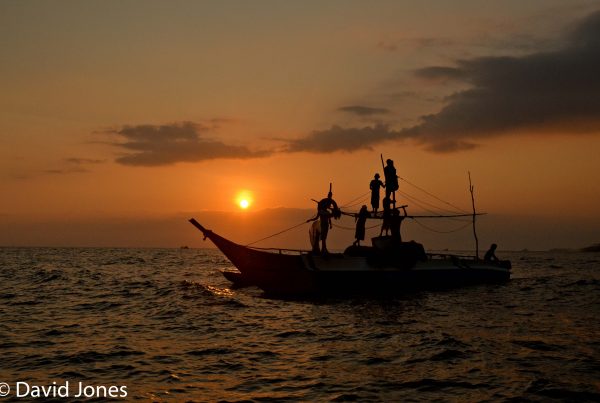Over the years fishing methods have changed dramatically with new technology. Huge factory ships and trawlers means that fishing vessels can catch enormous quantities in one go. These modern trawling methods do not differentiate between species and by-catch is devastating the numbers of fish in the ocean and wreaking havoc to the ocean floor. Over just 40 years there has been a decrease recorded in marine species of 39%.
An ever increasing demand, new technologies and difficulties in managing Areas Beyond National Jurisdiction have resulted in many species being over exploited.
With proper management, fish stocks can recover. The Atlantic Bluefin Tuna was so in demand for the sushi and sashimi markets that it was spiralling towards extinction. However, proper management techniques and a 15 year recovery plan have seen it bounce backs to a population that is sustainable.
The video below was produced by the World Economic Forum. The source of their data was the United Nations Food and Agriculture Oganisation 2018 report on the state of the worlds fisheries and aquaculture. Key figures from the FAO 2020 report are as follows:
-
Fish stocks being fished below biologically sustainable levels* 34.2%
-
Fish stocks fully fished, that is they are being caught at, or close to their maximum sustainable yield** 59.6%
-
Fish stocks that are currently underfished 6.2%
* This means that stocks are less abundant than the level needed to maintain a viable population at current levels of fishing
** Maximum Sustainable Yield is the maximum level at which a natural resource can be exploited without long-term depletion.
The figures above are global averages. It should also be remembered that there are regional variations and in some locations the over fishing problem is of significant concern. In the Mediterranean and Black Sea for example the fish stocks below biologically sustainable levels are currently at 62.5%.
Data source: FAO
















